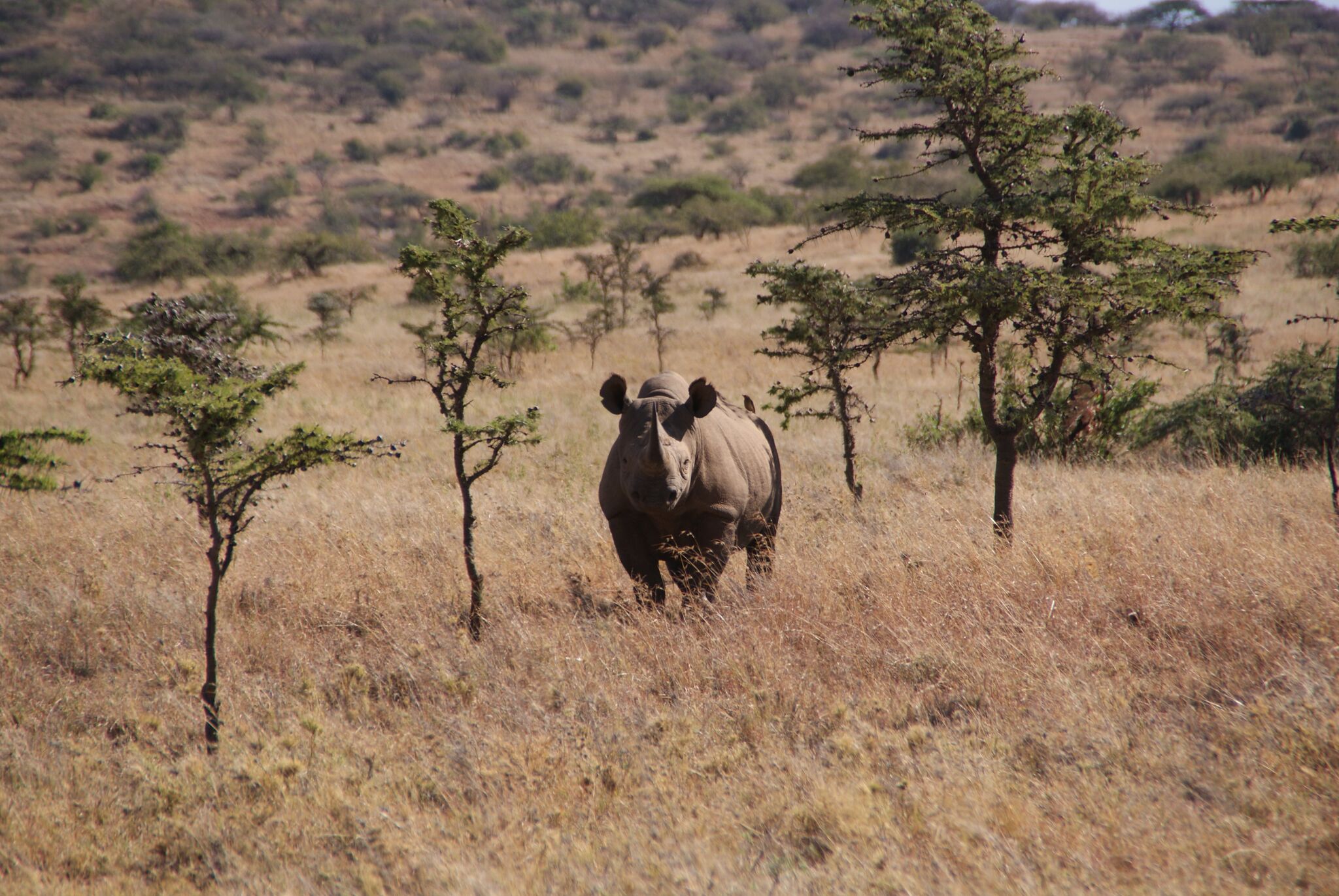We’ve been working with the Big Life Foundation for over a decade to protect and monitor a population of eastern black rhinos in Chyulu Hills National Park. The black rhino is one of the most endangered species on Earth; they’re being brutally killed because of the trade in their horn. The eastern black rhino is the most endangered of all the African rhinos – only 740 remain in the wild!
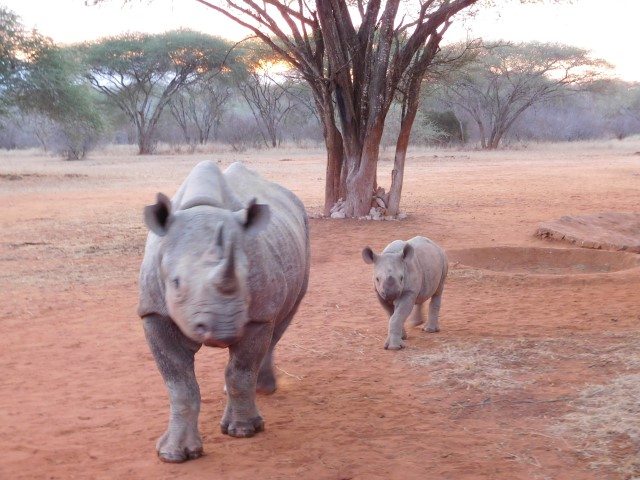
Chyulu is the only population of black rhino remaining in Kenya where all the individuals are native and naturally occurring, making it a uniquely important site for rhino conservation.
Protecting these precious animals is a 24 hour job – and a dangerous one too! Poachers are often part of highly organised and armed criminal gangs and will find any way possible to get hold of rhino horn for the international illegal trade. They will stop at nothing to get their hands on it so the rangers need to be highly trained, heavily armed and very disciplined. While most rhino hunting attempts are stopped by the rangers before they can take place, five rhino have still been poached in Chyulu Hills over the past three years, which has a devastating impact on this tiny population.
The long term future of the black rhino is hanging in the balance across Africa. The team of Big Life rangers at Chyulu are absolutely vital in the fight to protect rhinos from the illegal poaching for its horn.
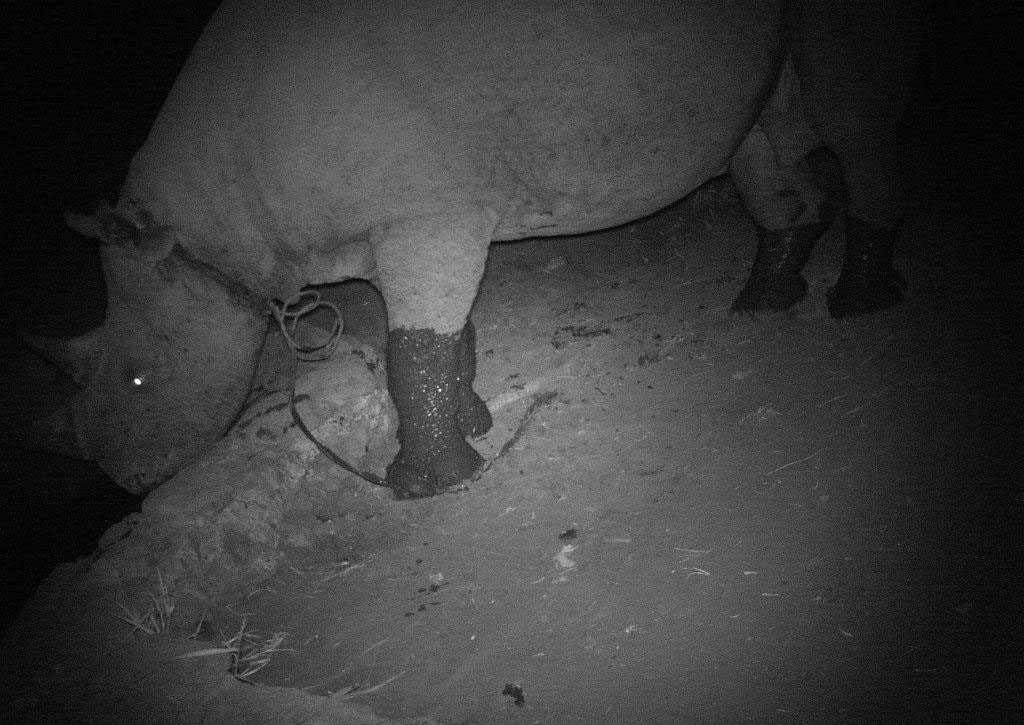
Barbara Dreyer, rhino keeper at Chester Zoo, spent time with the amazing teams that are working on the ground in Chyulu Hills National Park. Below she tells us more about her experiences and how it’s a trip she’ll never forget.
“Visiting our conservation partners, Big Life, was inspiring – watching and listening to the teams that work there was truly amazing. Everyone made me feel really welcome and some staff had even come in on their day off to meet me and share their knowledge and experiences of working with rhinos.
“Everything is run on a really hard schedule – not only to ensure these rhinos are protected but also as a safety precaution for the staff and rangers. One ranger took a call after being alerted to illegal bushmeat that was being transported down a certain road, which he then had to deal with. There’s always something going on.
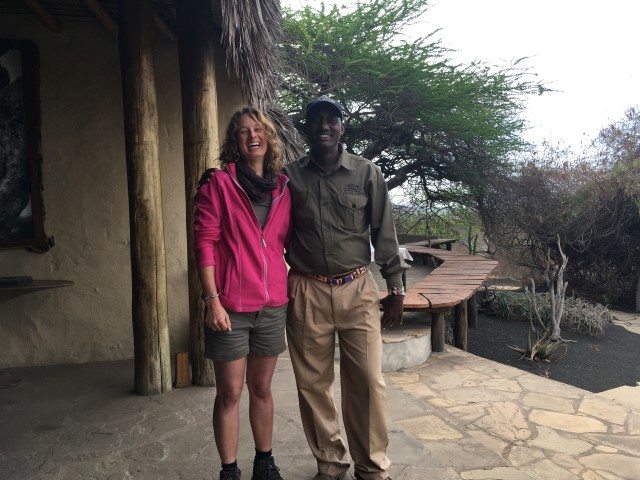
“Protecting black rhino in the 21st century is incredibly dangerous for all of the protection team – it’s definitely extreme conservation! The whole experience for me was a real eye opener; seeing the level of threat to the rhinos and how passionate everyone is considering the very real risks they face every day.
“Chester Zoo’s support has enabled the teams to buy essential equipment needed to keep the area secure and provides the salaries for the rhino rangers. We felt overwhelmed – our colleagues in the field were really appreciative of our support and the support of the zoo.
“I met one rhino tracker who used to be a rhino poacher; he’s changed his lifestyle and learnt more about conservation after being approached by Big Life and is now a rhino tracker to help protect them. He’s proud of the work he does; bringing a livelihood and pride to his family and village. People now respect him for the job he does and he no longer has to live in hiding.
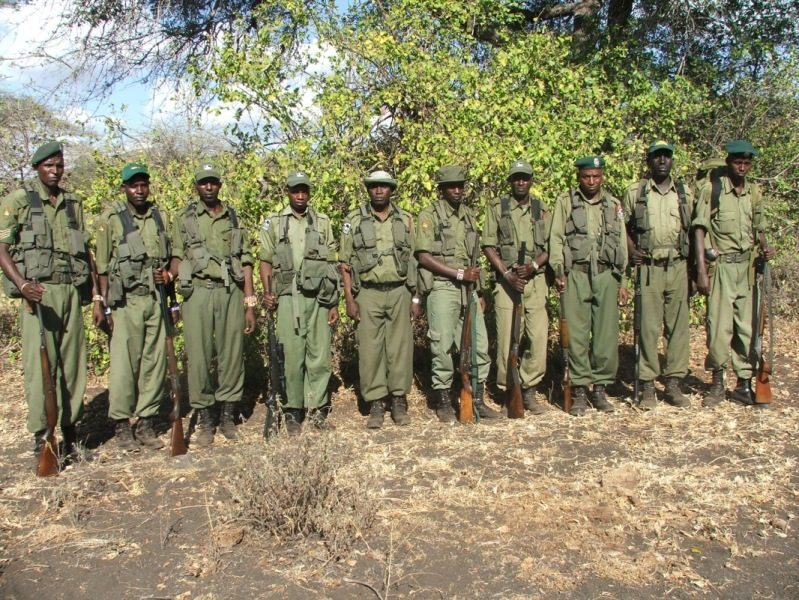
“One of the skills I was able to share with the protection team, is how we identify our individual rhinos at Chester Zoo and how we have categorised ID sheets for them, taking photos once a month of different parts of the rhino – left side, right side, horn, etc. – noting all their unique individual markings, ear notches and scars and looking for new marks or changes.
“I’m thrilled that I’ve been able to help develop this system at Chyulu. I’m now part of a rhino identification panel, so they send regular photos of rhinos to help identify. This process will help monitor the individuals, their behaviour and keep a note on where they’re moving around the park which is all vital in protecting them every day.
It really doesn’t cover it when you say ‘it was such an amazing experience’. I really didn’t know what to expect, I tell our visitors about our work in the wild but to then to see it, be a part of it and feel it and to see the engagement from everyone, to see how they feel…you just can’t put words on it!
“It made me feel even more proud to work at Chester Zoo, knowing how important the work we’re doing is helping.
Over the past 12 months Big Life has been working hard to get Intensive Protection Zone (IPZ) status in Chyulu Hills. The habitat is perfect for black rhinos and with IPZ status it would mean better protection for the remaining population, and possibly even enable them to translocate more black rhino to this area. The IPZ status means that Chyulu will benefit from increased support from the Kenyan Wildlife Service, including more armed rangers in the most important sectors where the rhinos are found.
The black rhino, like all other rhinos, is in serious danger; its numbers have plummeted by 90% since the 1980s. In 2011 the IUCN recognised that the western black rhino, from Cameroon and the Northern white rhino from north eastern DR Congo had both become extinct in the wild.
The eastern black rhino is hanging on to survival by a thread. Currently we are at risk of this species going extinct in the wild in just over 10 years. Places like the Chyulu Hills need continued support. ACT NOW to save the species.
